Qlik QSDA2019 Exam Questions
- Topic 1: Validate Data Models Against Source Information Using Qlik Sense Visualizations
- Topic 2: Outline Steps To Implement Security Requirements
- Topic 3: Resolve Data Issues/ Validate Data
- Topic 4: Determine How To Manage Complex Scenarios
- Topic 5: Given A Scenario, Identify Qlik Sense Features To Meet Customer Needs
- Topic 6: Create Data Models/ Design Data Models/ Build Data Models
- Topic 7: Use Appropriate Data Connections/ Identify Requirements For Data Models
- Topic 8: Determine An Appropriate Data Model Design To Meet Customer Needs
- Topic 9: Use The Qlik Converter To Migrate Qlikview Documents To Qlik Sense Applications
- Topic 10: Given A Scenario, Use Data Transformation Techniques With Both Data Load Editor And Data Manager
- Topic 11: Identify The Data Load And Refresh Requirements
- Topic 12: Resolve Data Modeling Issues/ Manage Security Using Section Access
- Topic 13: Decide On An Appropriate Data Model That Prioritizes Reuse, Scalability, And Efficiency
Free Qlik QSDA2019 Exam Actual Questions
Note: Premium Questions for QSDA2019 were last updated On 31-08-2022 (see below)
A company generates 1 GB of ticketing data daily. The data is stored in multiple tables Business users need to see trends of tickets processed for the past two years. Users very rarely access the transaction-level data for a specific date. Only the past two years of data must be loaded which is 720 GB of data
Which method should a data architect use to meet these requirements?
Refer to the exhibit.
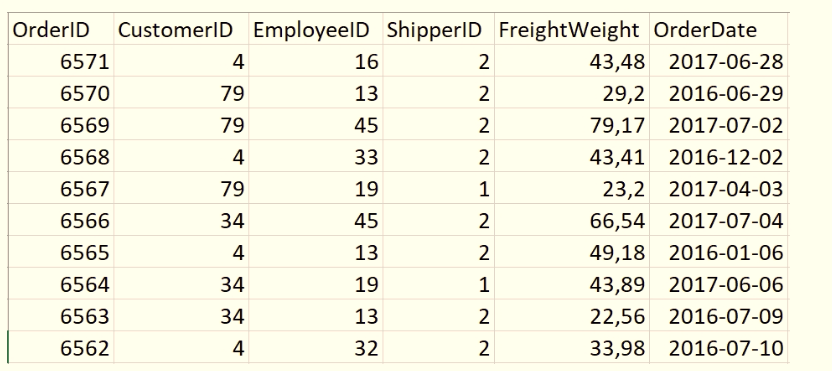
The data architect needs to create a KPI that displays the average amount of orders per customer. This aggregated field should be added to the existing orders table Which script should the data architect use?
A)
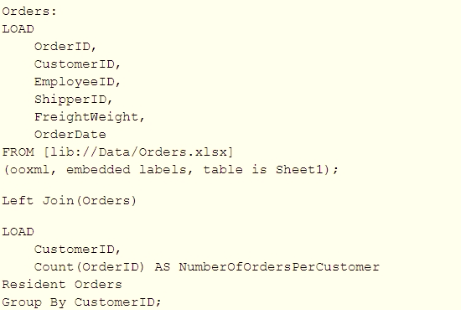
B)
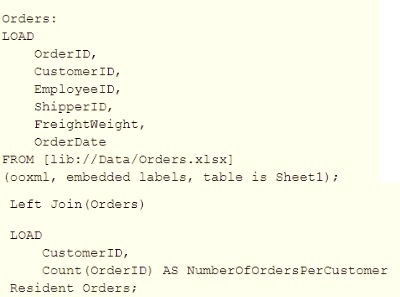
C)
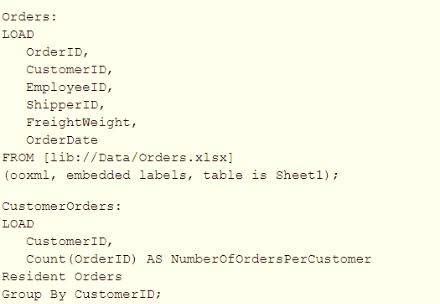
D)
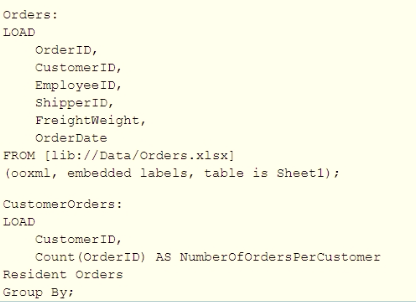
A data architect is loading two tables into a data model from a SQL database. These tables are related on key fields CustomerlD and CustomerKey. Which scripts should be used to load the data while maintaining the correct associations?
A)

B)

C)

D)

A data architect executes the following script:
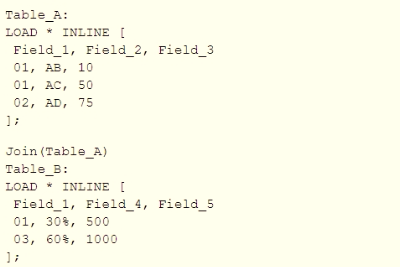
What will be the result of Table_A?
A)
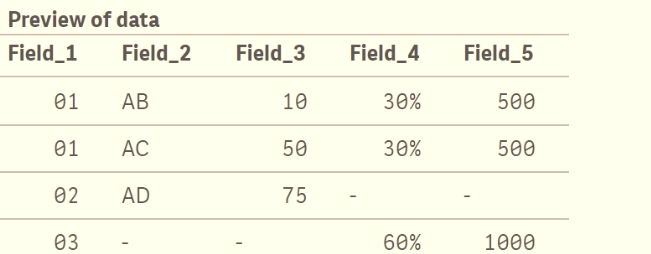
B)

C)

D)
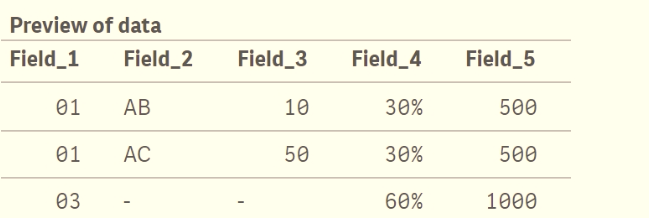
Refer to the exhibit.

A data architect has a data model that includes historical order fulfillment centers. The order fulfillment centers occasionally changed location. The history of order fulfillment must be tracked on a per center, per location basis.
Which scripting function should the data architect use to meet this data modeling requirement?
- Select Question Types you want
- Set your Desired Pass Percentage
- Allocate Time (Hours : Minutes)
- Create Multiple Practice tests with Limited Questions
- Customer Support
Currently there are no comments in this discussion, be the first to comment!